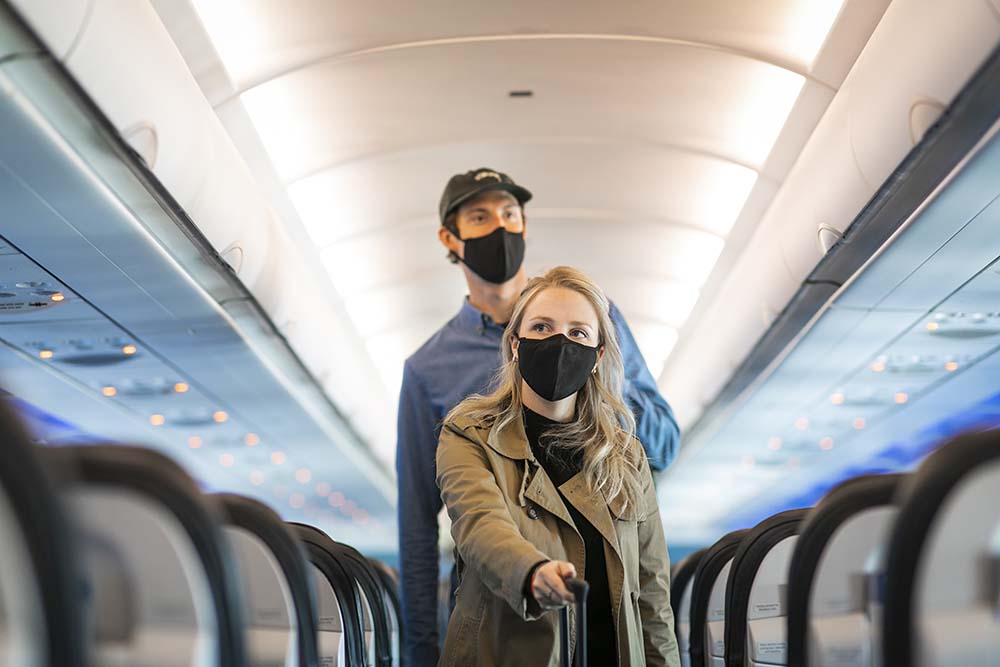Researchers at Harvard say masks, air circulation & cleaning make air travel safe
Share
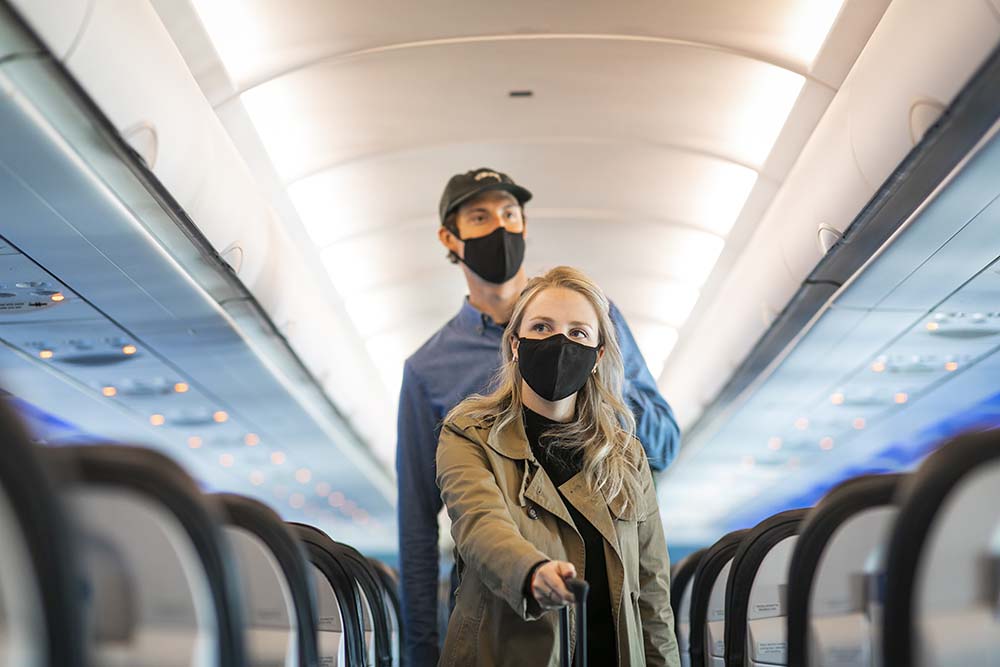
Alaska’s robust 100+ layers of safety—from mandatory masks, to more space and enhanced cleaning—are making travel safe, according to a new study released by researchers from the Harvard T.H. Chan School of Public Health.
Recent findings from the report indicates air travel “is as safe or substantially safer” than the routine activities “such as grocery shopping or eating out.” Similar studies also support aircraft are among the safest indoor environments in the world.
These new insights by the researchers at Harvard indicate multiple layers of precautions like mask-wearing, diligent cleaning protocols and advanced ventilation and filtration systems can effectively reduce the risk of COVID-19 disease transmission during air travel.
Interview with Dr. Leonard Marcus on APHI Phase One Report:
How to reduce the risk of COVID-19 while flying:
Fly healthy and with your mask on.

According to the study, the universal use of face masks were the most essential way to reduce COVID-19 transmission during air travel. For the safety of everyone, as part of Alaska’s Next-Level Care, guests must complete a health agreement and comply with our mask policy to fly.
The vast majority of flyers follow our strict mask policy. Guests who refuse to wear masks on board or at the airport, will be banned. So far, more than 145 individuals have been suspended from flying with us for a period of time for failing to comply with this necessary safety precaution.
Clean, filtered air plus advanced ventilation and filtration are critical.
The risk assessment from this study, among other studies, reinforce air filtration and ventilation systems are a crucial part of lowering the risk of COVID-19 transmission on board.
Every Alaska aircraft is equipped with airflow systems that are comparable to what’s found in hospitals. We operate using HEPA (High Efficiency Particulate Air) filters that remove more than 99% of airborne particles (even the size that causes COVID-19). The study by the researchers at Harvard showed passengers and crew members breathe a combination of 50% filtered and 50% fresh outside air every 2-3 minutes, which is consistent on Alaska and Horizon Air flights.
The air onboard is filtered not just in flight, but also during boarding and while guests exit the plane.
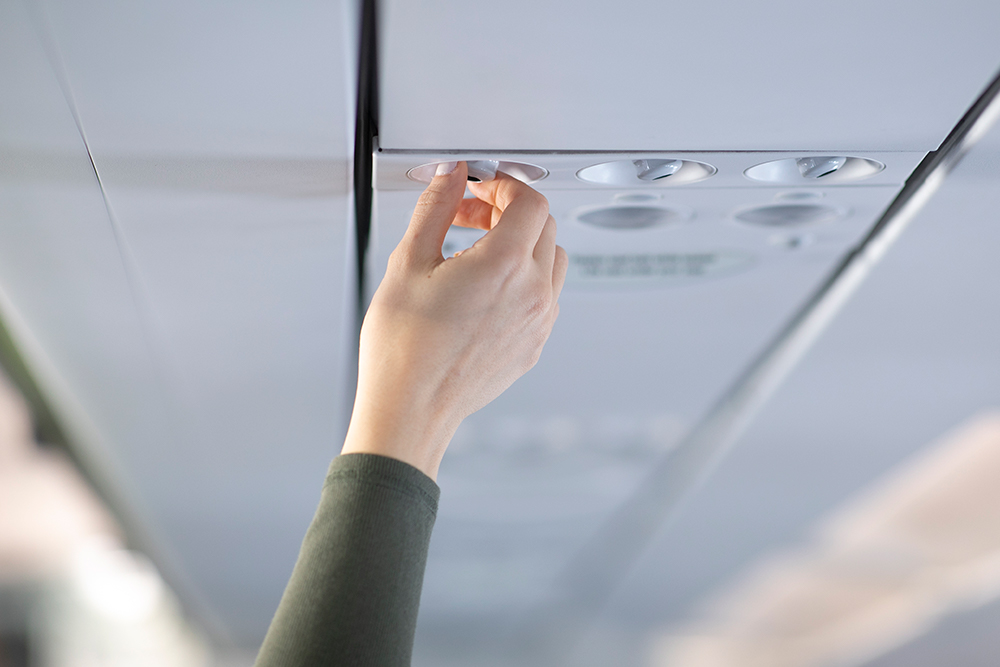
Additional processes to prioritize the disinfection of high-touch surfaces between flights.
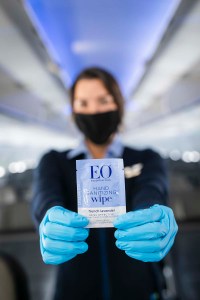
Since the onset of the COVID-19 crisis, the study found airlines’ disinfection processes dramatically increased in frequency and intensity, reducing the indirect spread of infection through contaminated surfaces on aircraft.
Between every flight, dedicated cleaning crews clean the most critical areas of our aircraft using a high-grade EPA disinfectant.* We’re also using electrostatic disinfectant sprayers, which emit a safe, high-grade EPA cleaning solution that sanitizes high-touch surfaces, such as overhead bins, armrests, tray tables, seatbelts, lavatories and more.
Once complete, our procedures are thoroughly audited by a crew leader, who signs and validates a cleaning certificate. Alaska’s cleaning procedures are in line with guidelines and cleaning recommendations from manufacturers and exceed CDC recommendations.
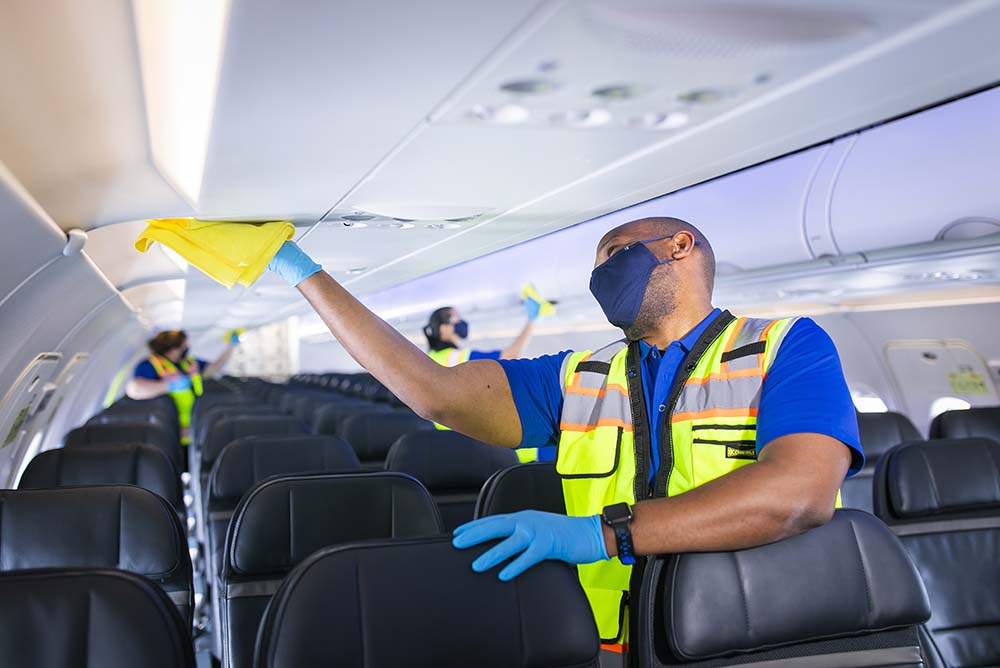
Read the full comprehensive report by visiting npli.sph.harvard.edu.
